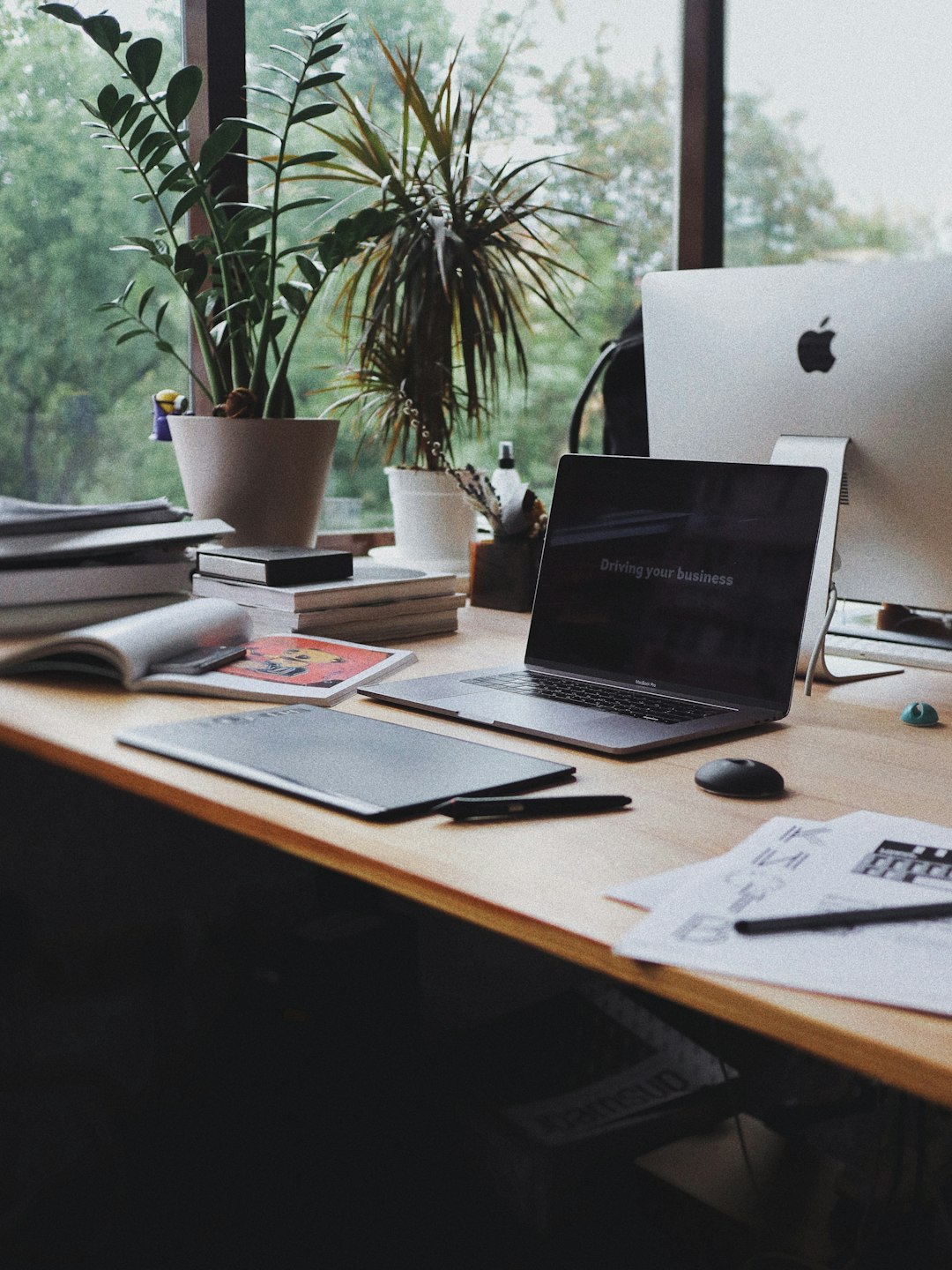Exploring the Fascinating World of Industrial Design
Industrial design is a field that encompasses the creation of products and systems that are not only visually appealing but also functional and user-friendly. From the everyday objects we use, such as furniture and electronics, to complex machinery and transportation systems, industrial design plays a crucial role in shaping the world around us. In this blog post, we will delve into the fascinating world of industrial design, its significance, and the process behind creating innovative and impactful designs.
Industrial design is all about problem-solving. It is the delicate art of taking a concept or an idea and transforming it into a tangible product that not only meets the needs of the user but also enhances their experience. It involves a deep understanding of human behavior, ergonomics, aesthetics, materials, and manufacturing processes. From the initial research and conceptualization phase to prototyping and production, industrial designers are involved in every step of the design process.
One of the key aspects of industrial design is creating products that are not only functional but also aesthetically pleasing. Beauty and form play a crucial role in capturing the attention of the consumer and creating a connection between the user and the product. Industrial designers use their creativity and artistic skills to come up with innovative and visually engaging designs that stand out in the market.
Furthermore, industrial design takes into consideration the impact of the product on the environment and society as a whole. Designers strive to create sustainable and eco-friendly solutions that reduce waste and minimize the carbon footprint. This approach involves using sustainable materials, reducing energy consumption, and designing products that can be easily disassembled and recycled.
The process of industrial design begins with research and analysis. Designers must understand the needs and preferences of the target audience and identify any existing design gaps or problems. By conducting user surveys, studying market trends, and analyzing data, designers gain valuable insights that shape the direction of the design process.
Once the research is completed, designers move on to the ideation and conceptualization phase. This is where creativity truly comes into play. Industrial designers brainstorm ideas, sketch out concepts, and explore different design possibilities. They consider factors such as ergonomics, functionality, and aesthetics to create designs that not only look great but also provide a seamless user experience.
Prototyping is another critical step in the industrial design process. Designers create physical or digital prototypes of their concepts to test their functionality and gather feedback. Prototypes help designers identify any design flaws or areas for improvement and make necessary adjustments before moving on to production.
Once the design has been finalized, industrial designers work closely with engineers and manufacturers to bring the product to life. They collaborate on selecting materials, refining the design for optimal production, and ensuring that the final product meets quality and safety standards.
In conclusion, industrial design is an exciting and multifaceted field that combines aesthetics, function, and problem-solving. Industrial designers play a pivotal role in creating products that enhance our daily lives while also creating a positive impact on the environment and society. Through careful research, ideation, prototyping, and collaboration, they bring innovative and user-friendly designs to reality. So, the next time you use a beautifully designed chair, smartphone, or car, take a moment to appreciate the intricate work of industrial designers that went into making it.

